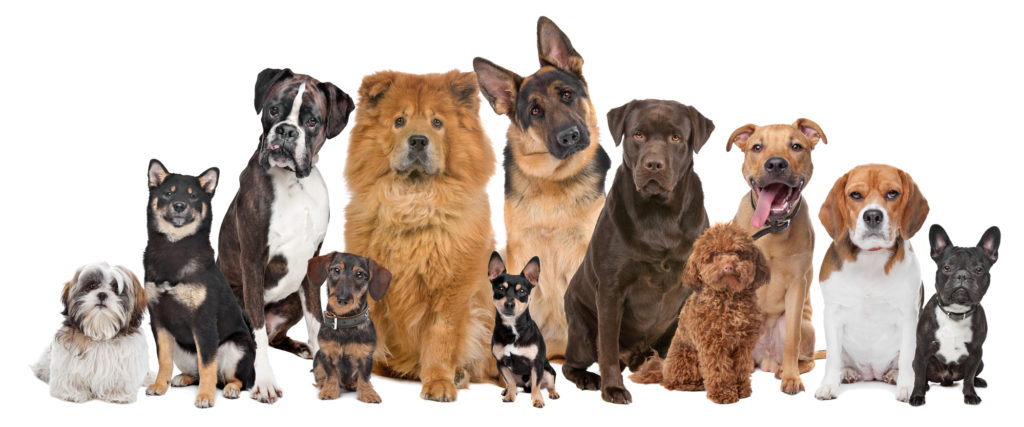 Breed rescue plays an important role in solving the problem of global dog overpopulation—an estimated 600 million dogs are strays. How does rescue work? When a purebred dog arrives at a shelter, a rescue coordinator or volunteer photographs the dog and notifies the appropriate rescue organization. Donated funds pay for the dog’s transport, foster stay, and any medical needs. Thanks to technology and the internet, breed rescue can be operated across great distances, providing second chances for many more dogs than previously. Breed-specific rescue allows people to find any type of dog they have their hearts set on, and the foster-home model gives the dog a better chance of being matched with the right home. The foster person (or family) knows both the traits of the breed and the individual dogs.
Breed rescue plays an important role in solving the problem of global dog overpopulation—an estimated 600 million dogs are strays. How does rescue work? When a purebred dog arrives at a shelter, a rescue coordinator or volunteer photographs the dog and notifies the appropriate rescue organization. Donated funds pay for the dog’s transport, foster stay, and any medical needs. Thanks to technology and the internet, breed rescue can be operated across great distances, providing second chances for many more dogs than previously. Breed-specific rescue allows people to find any type of dog they have their hearts set on, and the foster-home model gives the dog a better chance of being matched with the right home. The foster person (or family) knows both the traits of the breed and the individual dogs.
Hundreds (in some countries thousands) of people volunteer their money, time, and homes to breed rescue. Some do it by themselves, others are part of not-for-profit organizations or kennel clubs. Often, they are breed fanciers who learn about the rescue work from friends or local shelters—and then follow their hearts. The dogs, by contrast, come from much less fortunate circumstances. Many come from puppy mills and commercial breeders for whom dogs are products to be marketed and sold. Others come from people who bought a puppy on impulse and then changed their minds, perhaps because of the work involved in raising a puppy or because of illness, behavior problems, etc.
There’s both good and bad news in the story of breed rescue. On the good side, the internet has revolutionized the work. Websites like Petfinder.com and individual breed rescue sites allow shelters and rescue groups to reach potential adopters anywhere in the country. And social networking tools like Facebook and Twitter are great for finding foster parents, raising funds, and spreading the word about dogs available for adoption. On the bad side, overpopulation continues to be a huge problem, as does the attitude that dogs are disposable accessories. We can all help to fight those issues by advocating for adoption, responsible breeding, and anti-puppy mill legislation.

